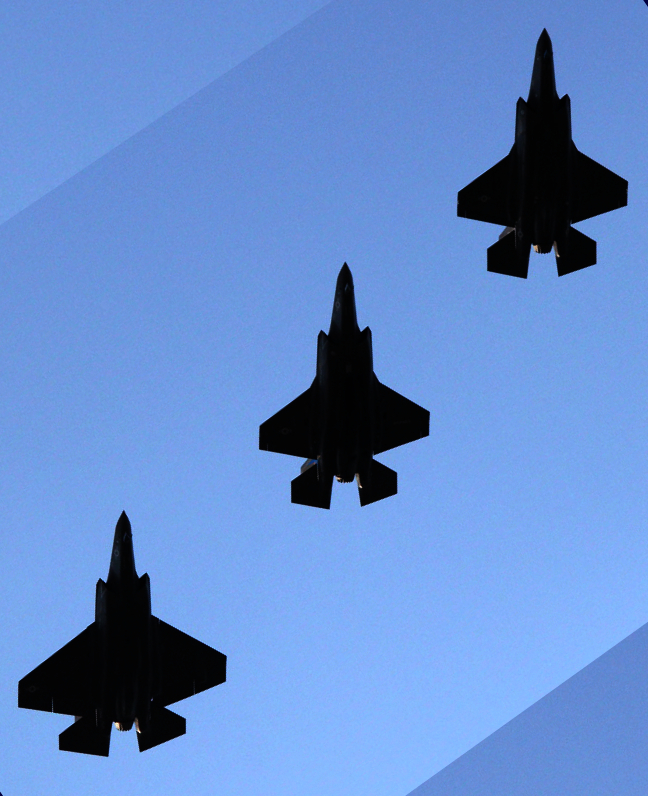F-35 processes picked apart
 A software update being rolled out to F-35 fighter jets comes through an “immature, deficient and insufficiently tested” process, a review has found.
A software update being rolled out to F-35 fighter jets comes through an “immature, deficient and insufficiently tested” process, a review has found.
Australia is acquiring 72 of Lockheed’s F-35A Joint Strike Fighter aircraft to replace its F/A-18A/B Hornet. Forty of the new jets have already arrived, with more expected to be delivered by late 2023.
However, a US$14 billion (AU$19.5 billion) Pentagon software upgrade for F-35 jets is being installed on planes that are already deployed, despite a US military testing office review finding operators “identified deficiencies in weapons, fusion, communications and navigation, cybersecurity and targeting processes that required software modification and additional time and resources, which caused delays”.
The F-35 is an extremely complex piece of technology, referred to as a “flying computer” by some. But the software needed to increase its capabilities has been marred by problems, requiring a series of upgrades beginning in 2020.
The US Defence Department’s testing office says that the F-35 program office has implemented “process improvements to address software development issues”, but “it does not adhere to the published best practices”, and it has “consistently failed to deliver the capabilities contained in their master schedule”.
Defense Department testing director Nickolas Guertin’s assessment says the F-35 “program has not sufficiently funded” teams to “adequately test, analyse data or perform comprehensive” check-up analysis “to assure that unintentional deficiencies are not embedded in the software prior to delivery”.
The current process has resulted in frequent “discoveries of critical warfighting deficiencies after fielding to the combat units”.
The looming The Block 4 software upgrade includes installing a new processor to increase the computing power and memory of the F-35.
“Although designed to introduce new capabilities or fix deficiencies, the process has often introduced stability problems and/or adversely affected” operational testing, training and active-duty military units, according to the report.
The testing office also found that although some problems related to cybersecurity have been resolved, testing continues to reveal unresolved vulnerabilities.
A review of aircraft availability rates - a key measure of readiness - averaged 61 per cent in the US in the 12 months ending October 1.
It reached a peak of 70 per cent in January 2021, before deteriorating to 53 per cent in September. Of the US military’s 454 F-35s in October 1, with 214 considered combat aircraft, and 210 for training.
“The sharp reduction in availability since June 2021 has been predominately driven by spare parts not being available when needed” and “limited component-level depot repair capacity”, the testing office said.
“In May 2021, on average, 15 per cent of the fleet was down awaiting spare parts and in September that percentage rose to 25 per cent.”








 Print
Print